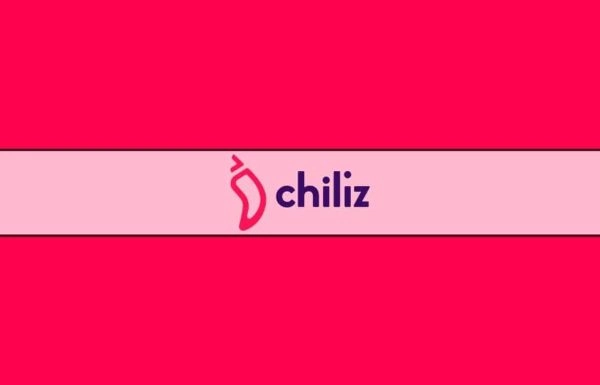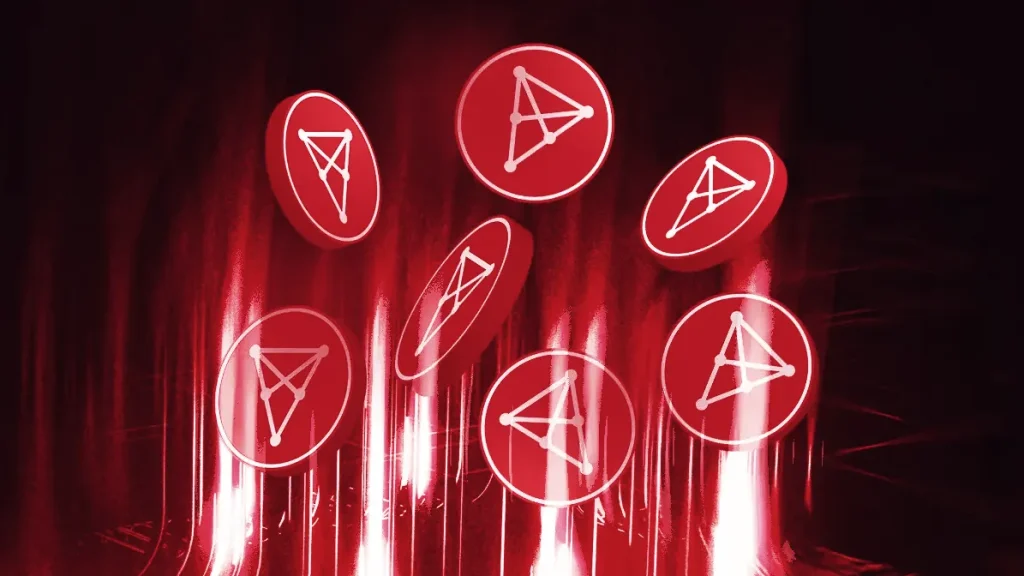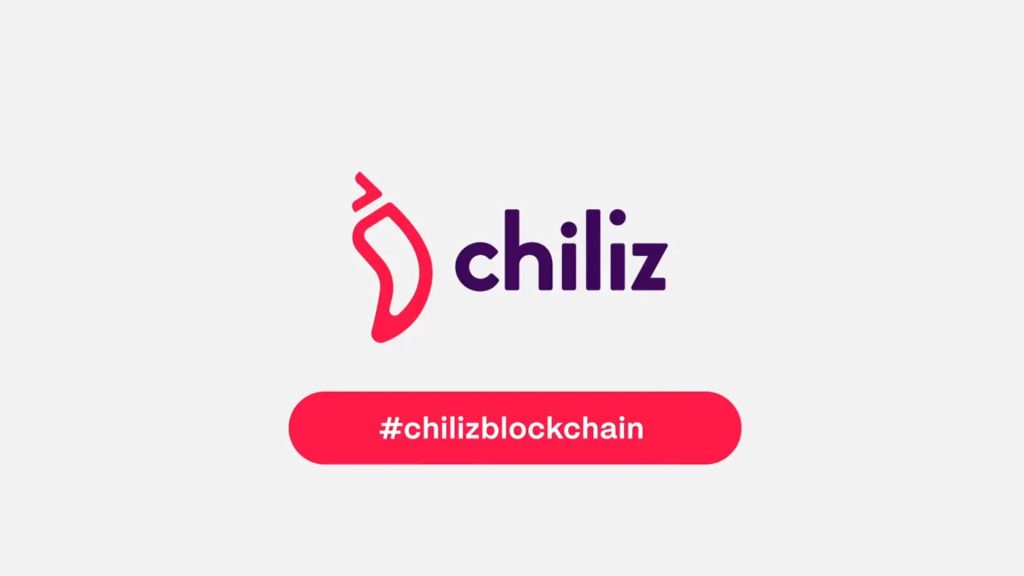Chiliz Chain (Chiliz Mainnet/Chiliz Chain 2.0) is a Layer-1 protocol developed in collaboration with ANKR and is EVM-compatible. It forms the foundation of an evolving ecosystem, providing blockchain-based user/fan experiences and B2B/B2C tools for stakeholders in the sports and entertainment sectors.
The core distinction of the Chiliz Blockchain lies in its operational structure and development focus, designed to meet the unique needs of intellectual property rights holders in the sports and entertainment fields who wish to participate in blockchain development. This includes:
- Technical and operational assurances and usage scenario protection against intellectual property rights infringements.
- Governance-level regulation of the developer whitelist based on:
- Suitability to the protocol’s ecosystem focus.
- Reputation risk, usage scenario, and regulatory safety of proposed projects.
Chiliz Chain provides sector-specific services to meet the needs of intellectual property rights holders in the sports and entertainment industries. It offers technical and operational assurances against intellectual property rights violations and allows for governance-level implementation of developer whitelist procedures. These whitelist procedures are limited to projects aligned with the protocol’s ecosystem focus and are evaluated based on factors such as reputation risk, usage scenarios, and regulatory safety of the proposed projects.

Development and Launch Motivation
The mission of Chiliz Chain has always been to create a foundation for the sports and entertainment industries. Socios.com provides proof-of-concept, demonstrating two main points for the initial Chiliz blockchain:
- Blockchain-interactive products focused on sports and/or entertainment intellectual property, supported by the right level of business support, second-layer technical infrastructure support, and interest from crypto enthusiasts and mainstream fans, have the potential for success.
- Future versions of the Chiliz blockchain, along with the native $CHZ token and the surrounding business/technical infrastructure, can support a global intellectual property ecosystem at scale.
The goal now is to create an open ecosystem with an enhanced Chiliz Blockchain that will allow third-party developers with a whitelist to create external tools for Fan Tokens, create their own digital assets, and build entirely new platforms in parallel with Socios.com.
This Might Interest You: PrimeXBT: A Preferred Exchange for All Traders
This means that Chiliz Chain can offer a broad ecosystem applicable to different use cases in various sports and entertainment industries.
Additionally, an open chain validator and delegator network will allow fans and sports/entertainment organizations to directly manage the Chiliz blockchain ecosystem and earn rewards.
Ecosystem Advantage
Chiliz Blockchain offers an ecosystem advantage by initially leveraging an existing network of tokenized partnerships and usable assets through the Socios.com ecosystem. This allows interested developers to use Fan Tokens, a tangible Chiliz Blockchain-native asset class, to base their development activities.
Fan Tokens are tokens tied to sports or entertainment intellectual property. Through the Socios.com ecosystem, users can purchase these tokens and participate in club decisions by voting. These Fan Tokens provide developers with a tangible asset class they can use while developing on the Chiliz Blockchain.
Furthermore, the established access of Socios.com, with over 2 million existing user wallets, will help users more easily adopt and rapidly embrace third-party applications when integration opens to these applications.
Development Demands:
- Authorized secondary markets for ticket solutions and ticket sales.
- Native NFT markets for Chiliz Chain.
- On-chain bidding and anti-cheating mechanisms for player transfer transparency.
- Public, encrypted email address functionality via email matching.
- Proof of Attendance Protocol (POAP) tools.
- Secured fan-centric investment tools/platforms independent of Socios.com and Fan Tokens.
- Supply chain ledger solutions for sports products and memorabilia.
- On-chain solutions for athlete contract approval tools.
- On-chain RNG oracles and event result oracles for sports betting, fantasy games, NFT-centered sports game offerings, and organization-level record keeping.
- Soulbound tokens.

Chiliz Chain Features Maximum TPS ~400
The statement “Maximum TPS ~400” indicates that Chiliz Chain has a maximum transaction speed of 400 transactions per second. TPS, or “transactions per second,” measures a blockchain’s transaction speed. Chiliz Chain’s maximum TPS value is determined by the network’s configuration and technical specifications.
Standard GAS Fee 2500 GWEI
GAS is a fee paid to execute any transaction on the Ethereum network. The GAS fee can vary depending on transaction intensity and user demand on the network.
2500 GWEI indicates that one unit of GAS (also known as wei) is valued at 2500 GWEI. GWEI is accepted as a unit of GAS used on the Ethereum network. 1 ETH equals 1,000,000,000 GWEI. Therefore, 2500 GWEI is approximately $0.0085 USD (as of June 2024).
Chiliz Chain Token and Standard $CHZ
Fungible tokens minted on the Chiliz blockchain follow the CAP20 token standard, which includes the protocol’s native CHZ network token (fully backward compatible with ERC20).
EVM Compatibility
Chiliz is a fully EVM-compatible blockchain. EVM compatibility refers to the ability of a blockchain network or smart contract system to interact with and execute code written for the Ethereum blockchain virtual machine. Since the Chiliz blockchain is compatible with Ethereum, Ethereum Smart Contracts written in the Solidity language can be easily executed on the Chiliz blockchain. Therefore, existing Ethereum Smart Contract codes can be made compatible with and reused on the Chiliz blockchain.
Node Structure
Regarding the Chiliz chain’s “Node Structure,” the Chiliz network will require 11 active validators from the “genesis,” or the beginning. Additionally, if one or more active validators go offline or face penalties, a minimum of 4 backup validator nodes will be on standby.
The selection of these active validators, referred to as the “Starting XI,” occurs through a decentralized/meritocratic process. The selection is based on the highest $CHZ volume users for each node’s active validators according to the validation requirement.
Additionally, Chiliz can scale the active validator node volume post-genesis at the operator’s discretion.
Staking Requirements for Validators
- Cooperation through network whitelist and governance
- Minimum 10,000,000 $CHZ active stake
Minimum Delegator Stake Requirements
- Minimum 100 $CHZ active stake.
- No maximum limit for active $CHZ stake.
Users wishing to delegate to the Chiliz chain must have at least 100 $CHZ in active stake. In other words, a minimum investment of 100 $CHZ is required for delegation. As a result, users will contribute to the network’s validation process with their stakes and receive rewards in return. There is no limit on how much delegators can invest.

Smart Contract Deployment:
To prevent malicious Smart Contracts (such as fraud, intellectual property infringement assets, dangerous asset use cases, fake tokens, etc.) from harming the network and ecosystem, Chiliz chain will be subject to a governance-based deployer whitelisting system. This system is initially based on identifying and controlling the individuals (deployers) who allow malicious smart contracts to be uploaded to the network. However, the Chiliz chain is a network where governance rules can be adapted according to the changing demands of the ecosystem and partners. Therefore, it is stated that smart contracts may not always be subject to whitelisting.
The deployment of Smart Contracts may not be limited to the whitelist system permanently. As the Chiliz network can adapt governance rules based on the changing demands of the ecosystem and partners, it is mentioned that smart contracts may not always be subject to this whitelist in the future.
Energy Efficiency:
The limit of 11 active node operators minimizes the computational energy requirements to validate blocks and secure the blockchain in Chiliz, keeping it competitive with or below the levels of current “green-friendly” chain operators. Energy consumption estimates will be made available shortly after launch, and real-time energy usage will be publicly available when sufficient monitoring tools are available.
The emphasis here is on the energy efficiency of the Chiliz blockchain. The system is managed by only 11 active node operators, minimizing computational energy requirements for block validation and securing the blockchain. Thus, it requires less energy compared to other blockchain networks.
Additionally, the Chiliz team plans to make energy consumption estimates publicly available shortly after launch and provide monitoring tools to track real-time energy usage.
GAS Fee Distribution:
- 20% of total GAS fees are accumulated in Chiliz and reinvested through ecosystem development incentives, development grants, and protocol improvements for the Chiliz network.
- The use of the Chiliz collected GAS fee will be auditable on-chain by the public.
- 80% of total GAS fees will be allocated to node validators, who will share these fees with delegates. Most of the GAS fees will be shared between validator nodes and delegates.
Governance Proposal Centralization
Governance proposals that can be created and distributed by network operator (Chiliz) addresses cannot be made by any validator node at the Chiliz chain’s output. However, once a governance proposal is distributed by a network operator address, the active node validator network has the autonomous authority to vote independently on each distributed proposal.
Governance proposal creation on the Chiliz chain may not be limited solely to network operator addresses, adapting governance rule sets based on the changing demands of the ecosystem and partners.
Epoch Time
One epoch on the Chiliz chain equals 24 hours, equivalent to one day.
Footnotes:
- B2B/B2C: B2B refers to transactions conducted between businesses, while B2C refers to transactions between a business and a consumer.
- Proof-of-concept: A method of determining or testing the feasibility of a business idea or product in the market.
- Oracle: A system designed to provide information to blockchain smart contracts when they need external information. This information can be real-world data or obtained from other blockchains or APIs. Oracles enable


